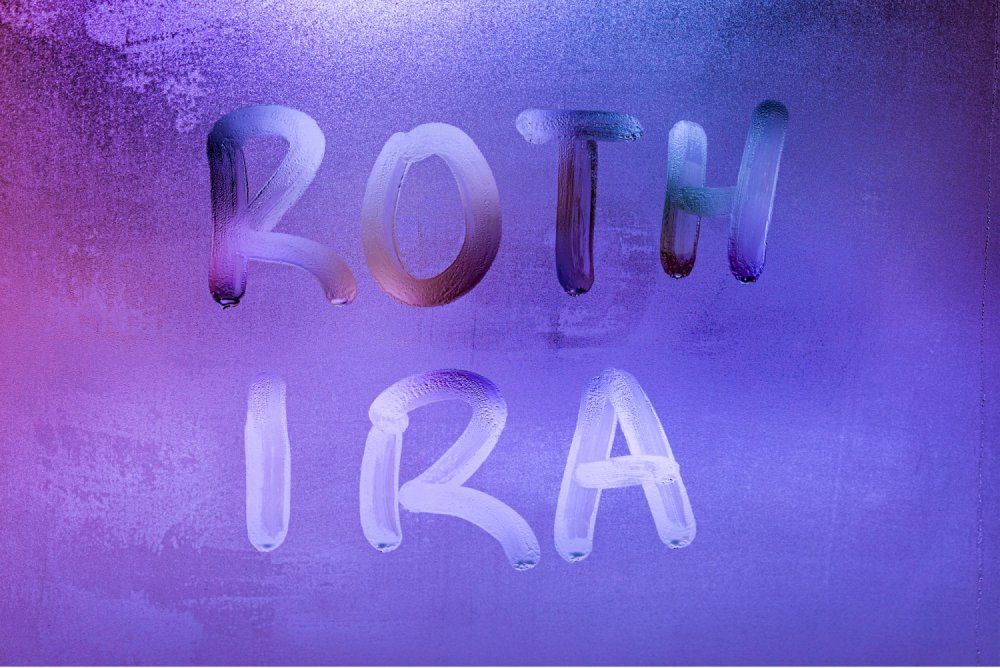Cash Flow Based Financial Planning
When it comes to financial planning, few things are as important as understanding your cash flows. Whether you are retired, or in the growth stage, it is crucial to know what income is entering and exiting your account. At Twin Rivers, we understand the importance of cash flow and offer financial planning to help you account for every dollar flowing in and out of your financial life, so you have accurate projections depicting your lifestyle.
It is crucial to understand the difference between liabilities and living expenses. Liabilities are debts that eventually fall off the balance sheet, allowing people to own assets without buying them with savings. Like a mortgage, once you pay it off the mortgage payments disappear from your cash outflows. Living expenses, like property taxes, are continuous. So even after paying off your mortgage, your property taxes continue.
Another significant difference between liabilities and living expenses is their growth rate. Most mortgages are fixed–meaning payments are always the same amount. The regular flat amount applies to many liabilities like car payments or business loans. Living expenses, on the other hand, fluctuate–typically rising with inflation. Financial planners should use reasonable growth rates for both adjustable-rate liabilities and living expenses in a financial plan. It takes time, but once all liabilities are properly built into the financial plan, financial planners should establish a living expenses figure.
We at Twin Rivers have tools to simplify establishing a living expenses figure. Your client website allows you to connect with most 3rd party financial institutions to gather information on your cash flows. There are no transaction capabilities through the website, and it is only used to scrape data from 3rd parties and organize it using our software. You can also limit what your advisor can see through privacy settings.
Once the 3rd party accounts are connected to your client website, the spending tool has many capabilities. First, we teach our clients how to organize, categorize, and set rules that simplify the process of establishing a living expenses figure and help distinguish between one-off cash outflows and ongoing living expenses.
Then, we look at our client’s spending history to determine a living expenses figure suitable for your financial plan. The process is often shocking to most people because they don’t realize just how much casual, everyday purchases add up over time. Some clients use the spending tool to understand more sensitive topics, like correcting poor spending habits.
Our job as financial planners is not to tell you how to spend your money. For some, however, knowing spending habits can help people reorganize their priorities. You can even set up a budget and create custom categories to understand how much you spend on different things. The categorization and budget tool is an essential feature for many people because it helps them follow the one golden rule in finance–spend less than you earn.
Whether you want to know how much cash flows out of your life or how you spend your money, this knowledge is helpful. The most valuable financial plans are cash flow-based because they accurately reflect the cash coming in and out and can be used for accurate projections in the future. If you would like to review your cash flows, learn how to use the spending tool, or discuss any other financial matters, please do not hesitate to contact your advisor.
Can We Help?
The Twin Rivers team wants to guide you on your journey to financial success. If you have any questions about the topics above or would like to discuss any financial decision you are facing, please do not hesitate to contact our team.











